Crafting an effective employee development plan
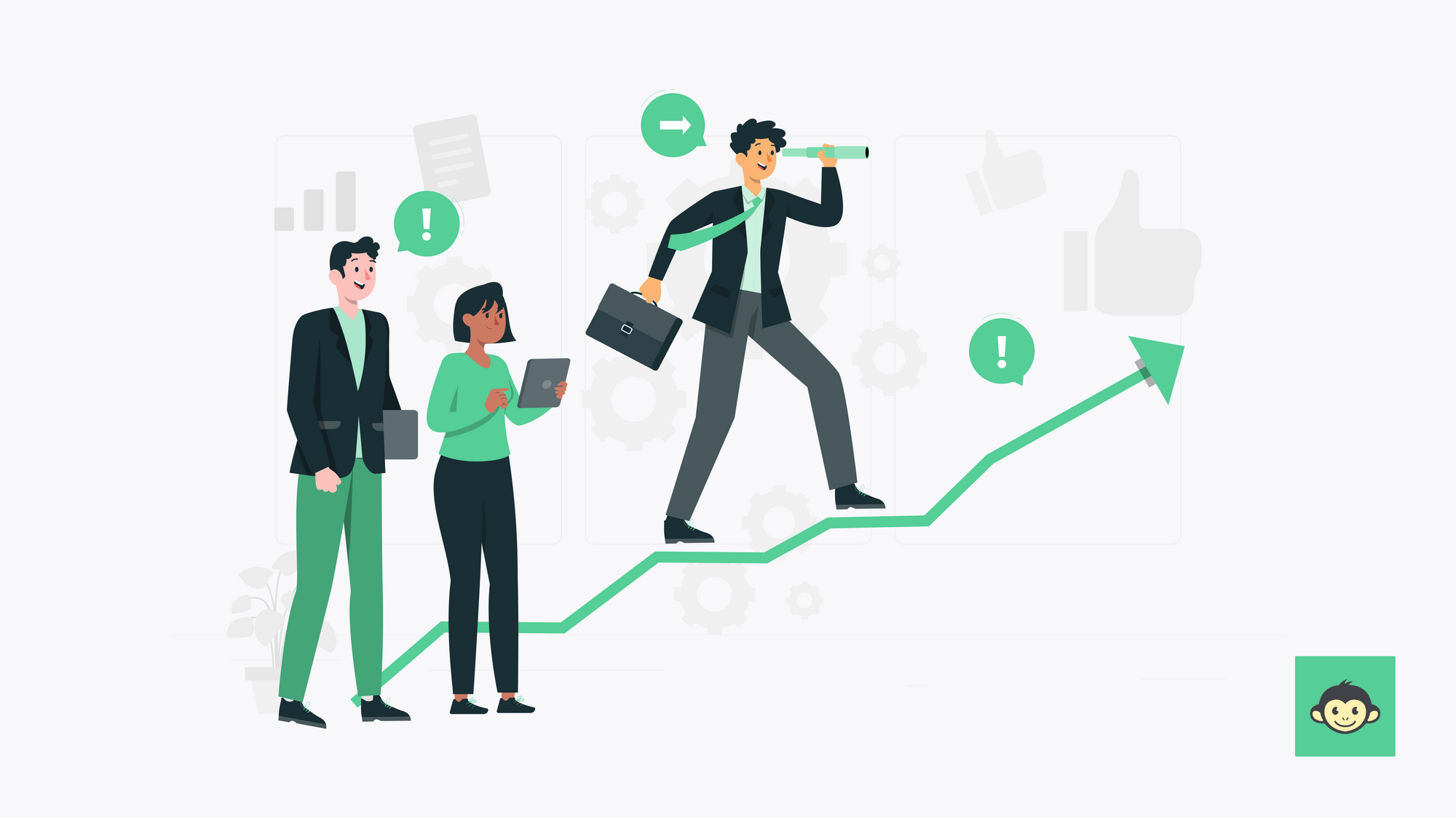
"Success in business requires training and discipline and hard work. But if you're not frightened by these things, the opportunities are just as great today as they ever were." – David Rockefeller
The key to achieving sustainable success lies in the growth and development of your greatest asset: your employees. As a forward-thinking organization, investing in an effective employee development plan that nurtures talent, enhances skills, and fosters a culture of continuous learning is crucial.
Employee development plans are more than just a means to retain top talent; they are a strategic tool that aligns individual aspirations with organizational goals. By empowering your employees to reach their full potential, you create a motivated, engaged workforce capable of driving innovation and propelling your company forward.
Harvard Business Review reports that 94% of employees would stay longer in a company if learning and development opportunities were provided to them.
So, in this blog, we will explore the importance of well-crafted employee development planning and provide you with practical insights on how to design and implement one that yields tangible results.
What is an employee development plan?
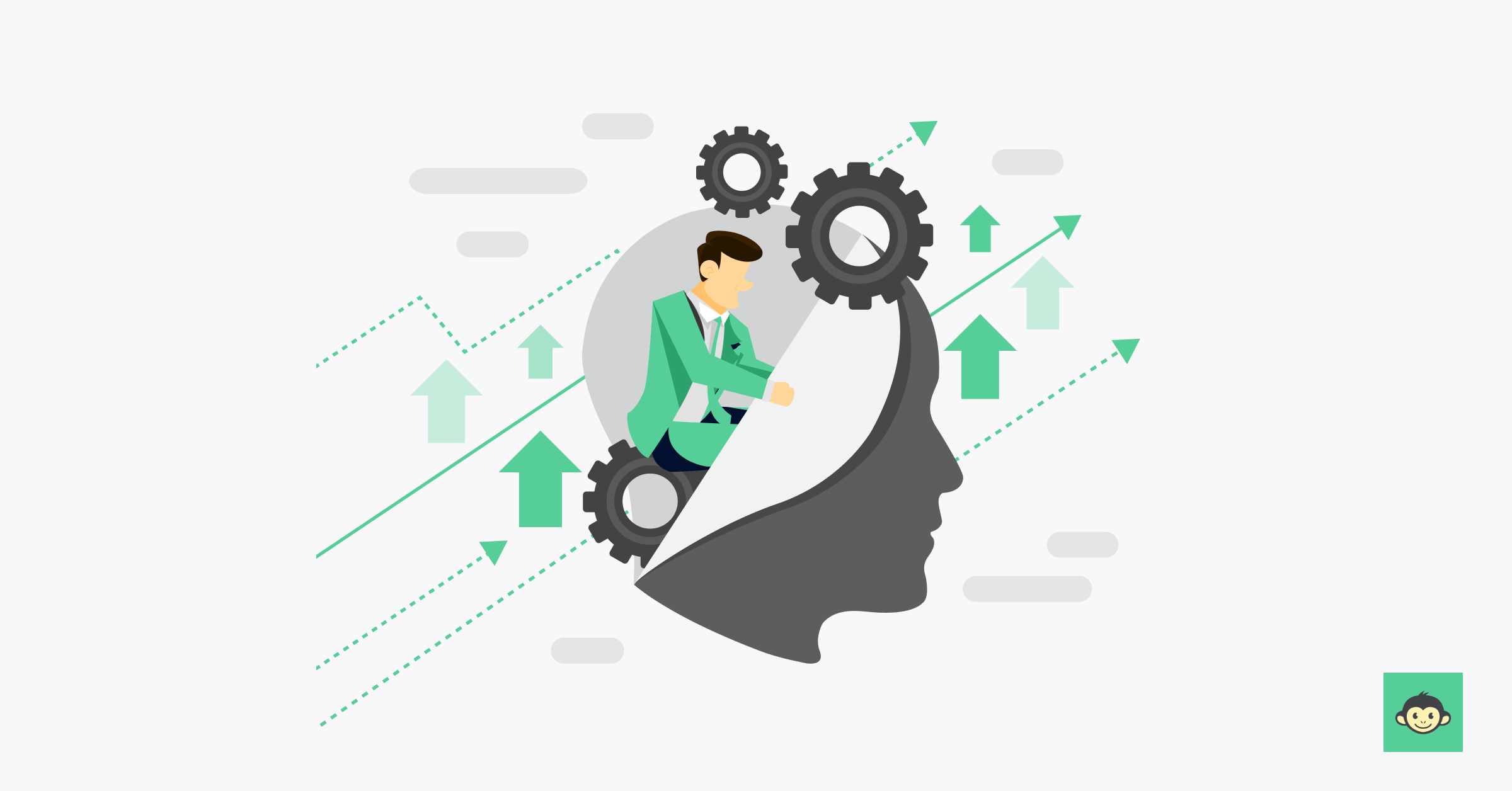
An employee development plan is a strategic roadmap designed by organizations to enhance their employees' skills, knowledge, and capabilities. It serves as a personalized blueprint, outlining specific learning and training opportunities tailored to individual employee needs and career aspirations.
This plan aims to foster professional growth, boost job performance, and increase employee engagement. By identifying areas for improvement and aligning them with organizational goals, an effective employee development plan empowers individuals to reach their full potential while contributing to the company's long-term success and competitiveness.
Key benefits of an employee development plan

An effective employee development plan serves as a powerful catalyst, unlocking the untapped capabilities within the workforce. Let’s take a look at the plethora of benefits it offers.
1) Enhanced employee performance
Builtin reports that 74% of employees believe the lack of employee development plans is stopping them from reaching their full potential.
These plans provide targeted training and skill-building opportunities, leading to improved job performance. As employees acquire new knowledge and competencies, they become more proficient in their roles, delivering higher-quality work and contributing to overall organizational success.
2) Increased employee engagement
When employees feel valued and supported through career development plans and initiatives, their engagement levels soar. A well-crafted development plan shows that the organization is invested in its growth, fostering a sense of loyalty and commitment to the company's mission and vision.
3) Talent retention and attraction
Offering robust development opportunities signals to potential hires that your company values its employees' growth and advancement. Moreover, it aids in retaining existing talent, as employees are more likely to stay with a company that invests in their career progression.
4) Cultivation of Leadership Skills
Employee development plans often include leadership development programs, grooming future leaders from within the organization. By identifying and nurturing leadership potential, companies can build a strong leadership pipeline and ensure continuity in management roles.
5) Improved job satisfaction
As employees develop and expand their skill sets, they become more adept at handling challenges and taking on new responsibilities. This increased job satisfaction leads to a positive work environment and higher employee morale.
6) Boost innovation and creativity
Continuous learning encourages employees to think outside the box, fostering a culture of innovation and creativity within the organization. Employees who are confident in their abilities are more likely to propose and implement fresh ideas, driving the company's growth and competitiveness.
7) Adaptability to change
In an ever-evolving business landscape, adaptable employees are invaluable. Employee development plans equip individuals with the skills to navigate change effectively, ensuring the organization remains agile and resilient in the face of challenges and opportunities.
What is a team skills development plan?
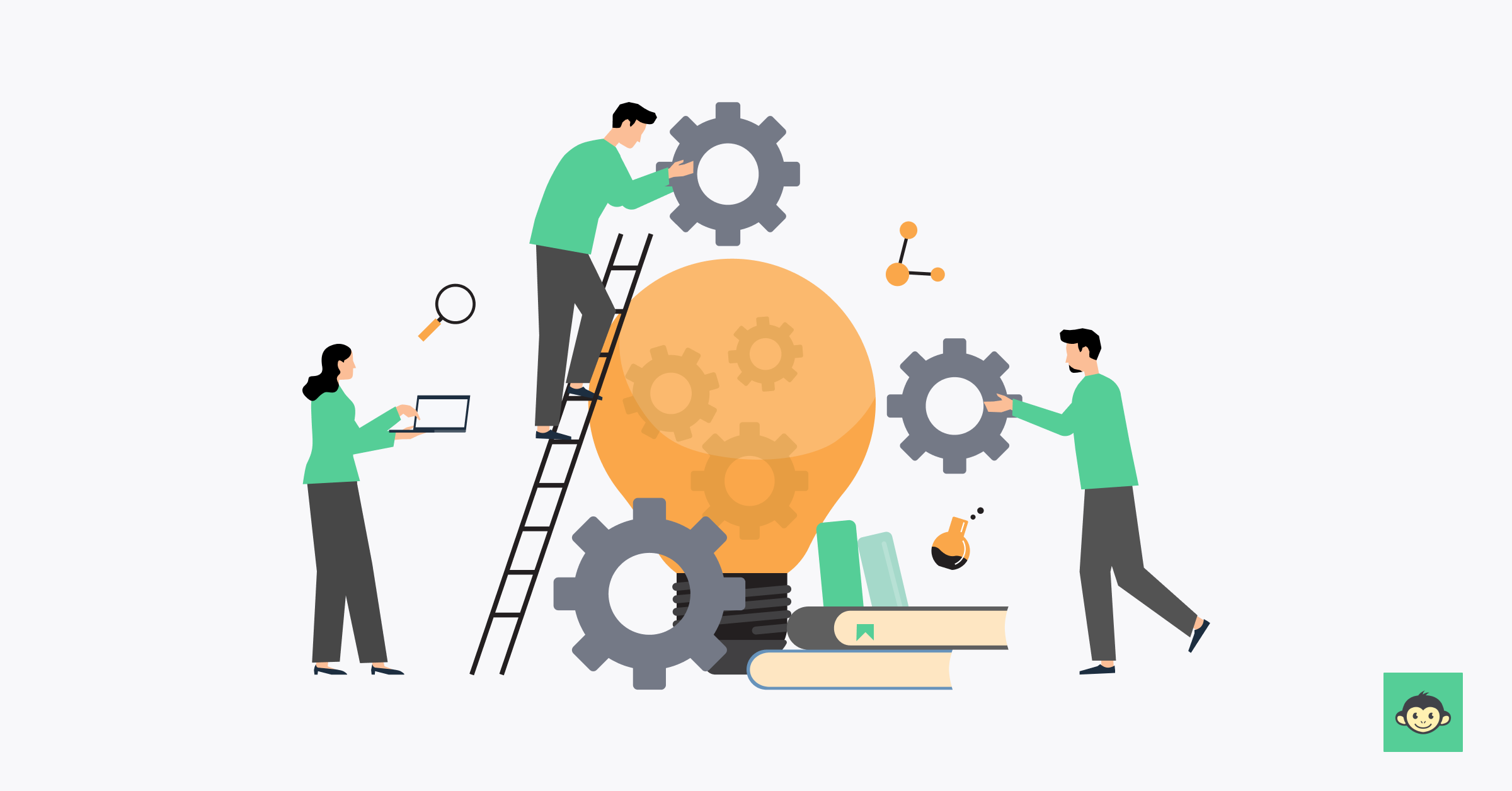
A team skills development plan is a structured strategy designed to enhance the collective abilities, collaboration, and overall performance of a team within an organization. Unlike individual development plans, which focus on personal growth, a team skills development plan emphasizes the synergistic improvement of group dynamics and effectiveness.
This plan typically involves a thorough assessment of the team's strengths, weaknesses, and areas for improvement. Based on the findings, specific skill-building initiatives, training sessions, workshops, and team-building exercises are implemented to address identified gaps.
The objectives of a team skills development plan include improving communication and interpersonal relationships among team members, fostering a sense of trust and mutual understanding, and cultivating problem-solving and decision-making capabilities within the group.
By investing in a team skills development plan, organizations aim to create cohesive and high-performing teams that can collaborate seamlessly, adapt to challenges, and achieve collective business goals with greater efficiency and effectiveness. This collaborative approach not only benefits the team members individually but also contributes significantly to the overall success and productivity of the organization as a whole.
What should be included in an employee development plan?
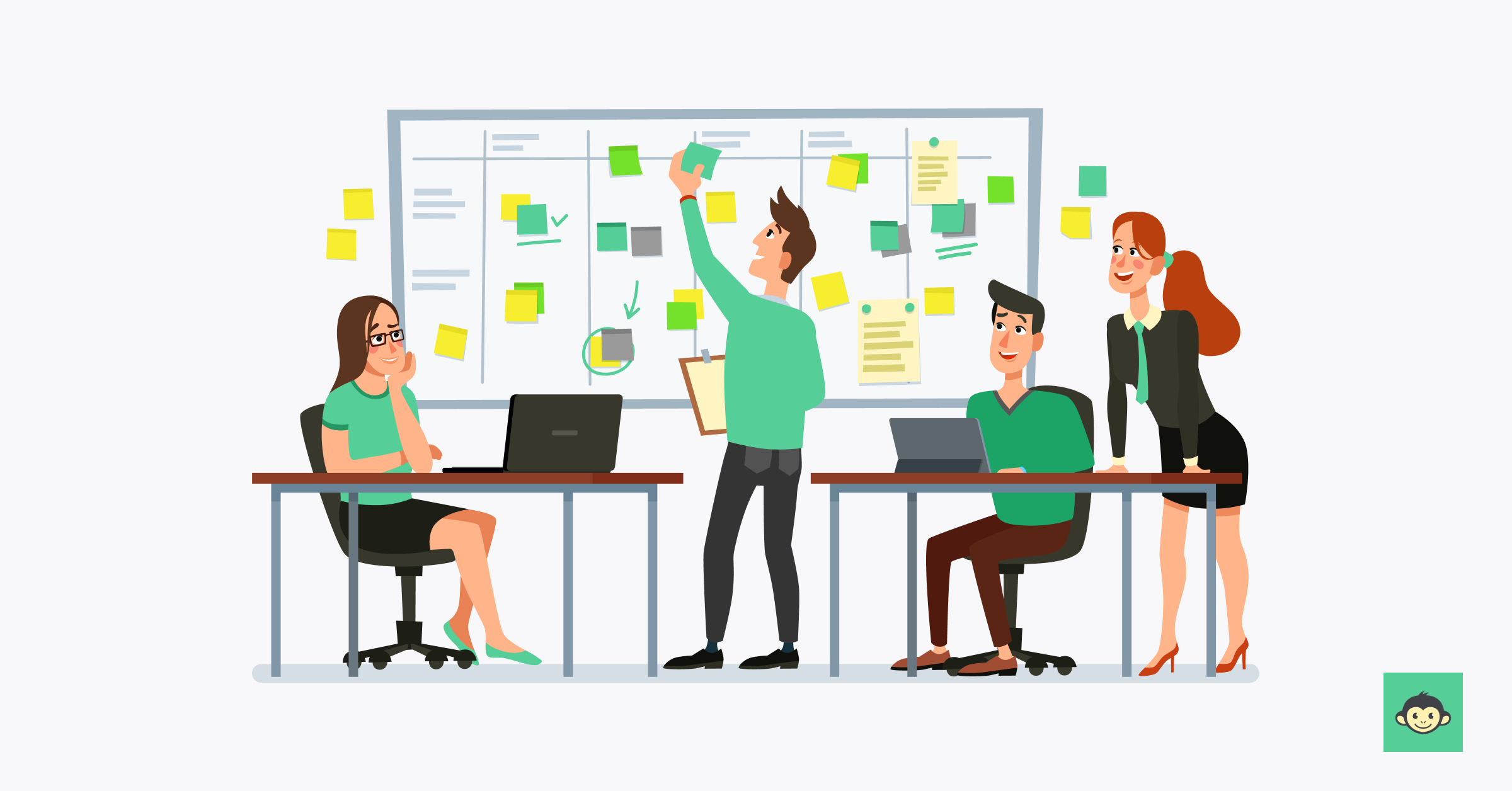
An effective employee development plan should be comprehensive and tailored to each individual's needs and career goals. A study by Lorman indicates that 91% of employees want their training to be personalized and highly relevant.
While the specific elements may vary based on the organization's size, industry, and resources, the following key components are typically included:
Individual goals and aspirations
The career development plan should begin with a clear understanding of the employee's career aspirations and long-term objectives. This ensures that the development plan aligns with the employee's personal ambitions, fostering greater motivation and commitment.
Skills assessment
Conduct a thorough assessment of the employee's current skill set and competencies. This evaluation helps identify areas where the employee excels and areas that require improvement or further development.
Training and learning opportunities
Identify relevant training programs, workshops, seminars, and courses to enhance skill and professional growth. These opportunities can be internal, provided by the organization, or external, such as attending industry conferences or pursuing certifications.
Mentorship and coaching
Establishing a mentorship or coaching program can offer valuable guidance and support to employees. Pairing them with experienced professionals within the organization helps foster knowledge-sharing and skills development.
On-the-job learning
Encourage on-the-job learning experiences like stretch assignments, cross-functional projects, and job rotations. These opportunities expose employees to diverse challenges and experiences, accelerating their learning and development.
Feedback and performance reviews
Regular feedback and performance reviews are essential for monitoring an employee's progress and providing constructive input on areas for improvement.
Measurable milestones
Set measurable milestones and targets to track the employee's development progress. These milestones act as motivators and help gauge the effectiveness of the employee's development plan.
Resources and support
Ensure that employees have access to the necessary resources, tools, and support systems to aid their development journey effectively.
Career pathing
Consider long-term career pathing within the organization, discussing potential growth opportunities and career advancement based on the employee's development efforts.
Regular plan review
The development plan should be regularly reviewed and adjusted as needed. Employees' aspirations and business needs may evolve, requiring updates to keep the plan relevant and impactful.
By integrating these elements into an employee development plan, organizations can create a continuous learning and growth culture, empowering their workforce and driving overall success.
How to create a professional development plan?
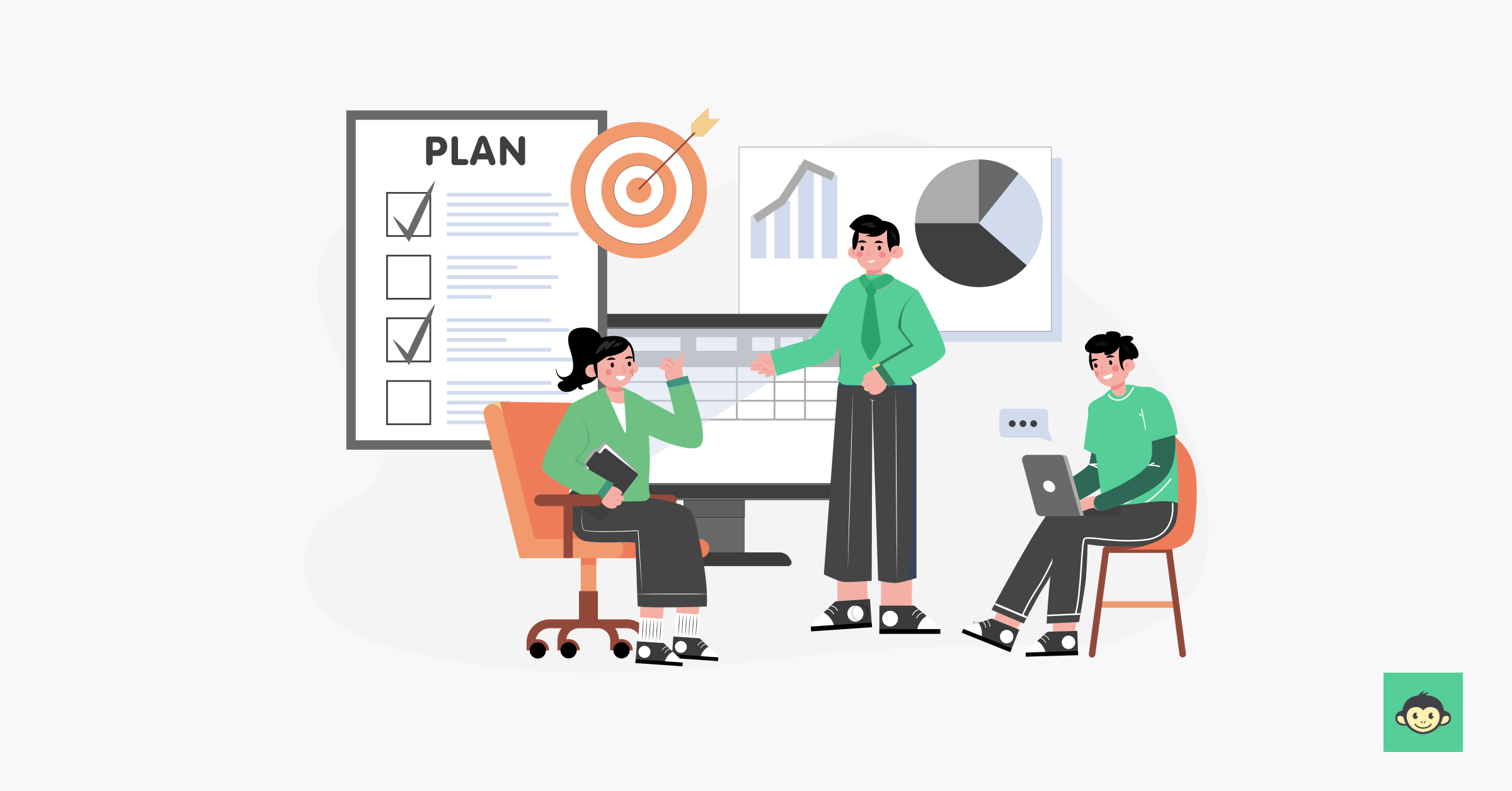
Here's a step-by-step format for creating a professional development plan. By following these steps, organizations can create professional development plans that empower employees, align with business objectives, and contribute to the overall success of the employee and company goals.
1) Encourage employees to reflect on their strengths, weaknesses, skills, and career aspirations.
2) Set specific and measurable goals aligned with the organization's objectives.
3) Research and compile a list of suitable training programs, workshops, courses, and conferences.
4) Focus on areas that align with the employee's professional goals, and have a significant impact on performance.
5) Establish a realistic timeline with short-term and long-term milestones.
6) Ensure the employee has the necessary time, budget, and support for training and development plans and activities.
7) Assign a mentor or supervisor to guide and provide honest feedback throughout the plan.
8) Include opportunities for practical application, such as special projects or job rotations.
9) Track the employee's progress regularly and conduct performance reviews.
10) Recognize and celebrate the employee's accomplishments to boost motivation.
11) Encourage ongoing feedback and adapt the plan as needed to address emerging development needs.
Example of an employee development plan
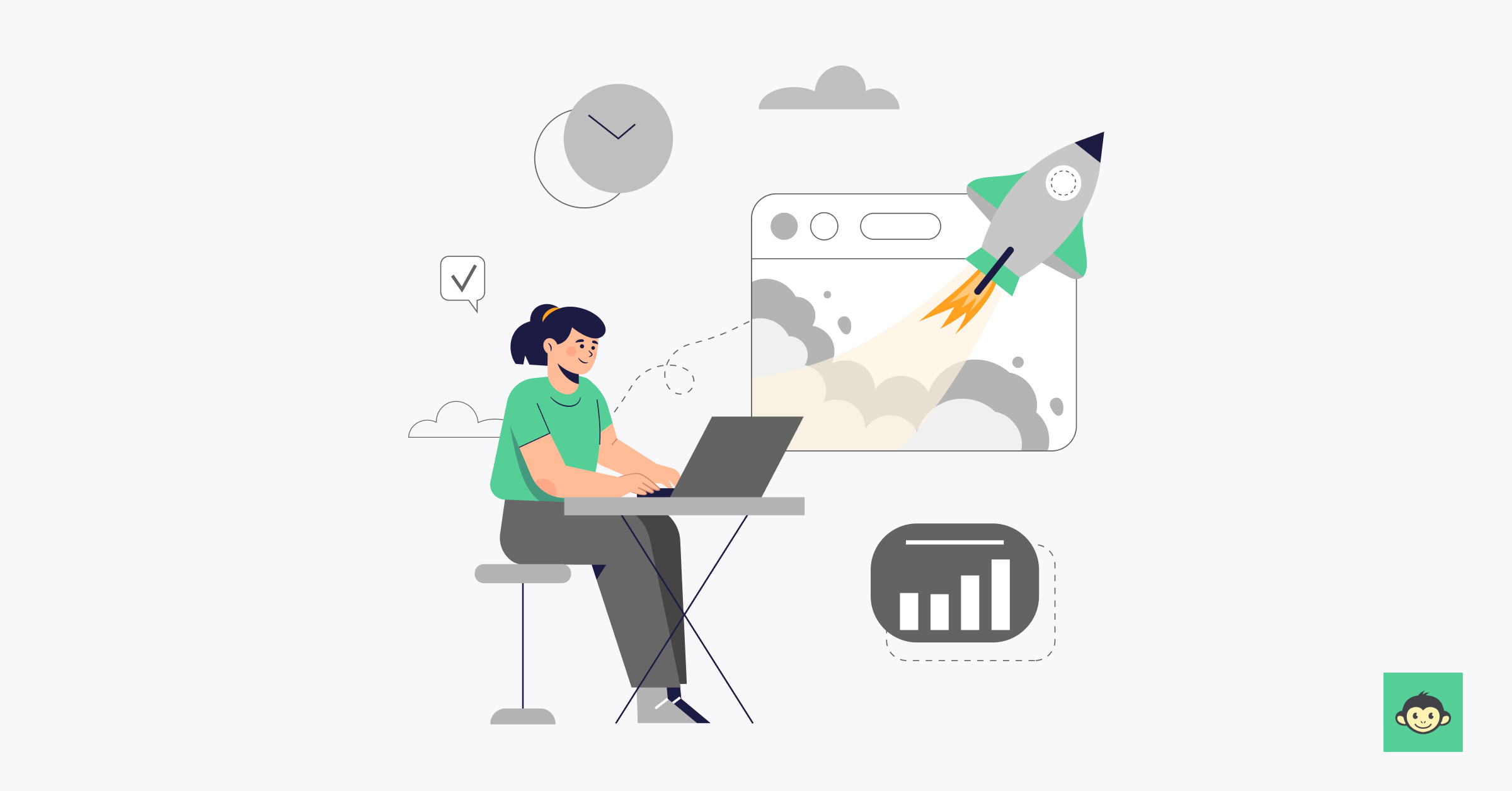
Employee name: Sarah Thompson
Position: Marketing Associate
Objective
To enhance Sarah's digital marketing skills and expand her knowledge and get inspiration from real-world content strategies in order to contribute more effectively.
Development goals
1) Improve proficiency in digital marketing strategies (whether you outsource or go in-house), including SEO, backlinks, social media marketing, and email marketing.
2) Develop skills in content creation, copywriting, and storytelling for effective brand messaging, including exploring the potential of cold emailing and SMS marketing.
3) Gain a deeper understanding of data analytics and its application in marketing decision-making.
4) Enhance project management skills to effectively coordinate and execute marketing campaigns.
Development activities
1) Attend a comprehensive digital marketing, training, and development program to acquire in-depth knowledge of various digital marketing channels and strategies.
2) Enroll in a content marketing course to develop skills in creating engaging and impactful content for different platforms.
3) Participate in webinars and workshops on data analytics to gain insights into measuring marketing performance and optimizing strategies—many digital marketing websites offer free resources and case studies.
4) Collaborate with the marketing team on cross-functional projects to develop project management skills, including planning, organizing, and monitoring marketing campaigns.
5) Seek mentorship from the Senior Marketing Manager to receive guidance, feedback, and advice on career growth and skill development.
Timeline
1) Digital marketing training program: September 2023 (3 months)
2) Content marketing course: October to December 2023 (8 weeks)
3) Data analytics webinars and workshops: Ongoing throughout the year (1-2 sessions per month)
4) Cross-functional project involvement: Starting in January 2024 (ongoing)
5) Regular mentorship meetings: Bi-monthly throughout the year
Progress monitoring
1) Monthly check-ins with the supervisor to discuss progress, challenges, and adjustments to the plan.
2) Bi-annual performance reviews to evaluate the development plan's effectiveness and make necessary modifications.
By implementing this employee development plan, Sarah will enhance her digital marketing skills, expand her knowledge in content marketing, and develop project management capabilities. This will enable her to contribute more effectively to the marketing team's efforts and support the company's overall marketing objectives.
Employee development plan template
The following format provides a structured approach to outline the employee's development objectives, goals, and the specific actions and resources needed to achieve them. It ensures clarity and alignment between the employee's growth aspirations and the organization's strategic priorities.
Employee Information
Name: [Employee's Full Name]
Position: [Employee's Current Position]
Department: [Employee's Department]
Development Objectives:
[Include a brief statement outlining the primary career development and objectives for the employee. These objectives should align with the employee's career aspirations and the organization's goals.]
Development goals
Goal 1: [Specific Development Goal]
Description: [Details on how this goal supports the employee's growth and the organization's needs]
Timeline: [Expected timeframe to achieve the goal]
Goal 2: [Specific Development Goal]
Description: [Details on how this goal supports the employee's growth and the organization's needs]
Timeline: [Expected timeframe to achieve the goal]
Goal 3: [Specific Development Goal]
Description: [Details on how this goal supports the employee's growth and the organization's needs]
Timeline: [Expected timeframe to achieve the goal]
Development actions
[Outline the specific actions and activities that will be undertaken to achieve each development goal.]
Goal 1:
[Action 1]: [Description of the activity or training]
[Action 2]: [Description of the activity or training]
[Action 3]: [Description of the activity or training]
Goal 2:
[Action 1]: [Description of the activity or training]
[Action 2]: [Description of the activity or training]
[Action 3]: [Description of the activity or training]
Goal 3:
[Action 1]: [Description of the activity or training]
[Action 2]: [Description of the activity or training]
[Action 3]: [Description of the activity or training]
Resources and support
[Specify the resources, budget, and support that will be provided to the employee to facilitate their development activities.]
Progress monitoring
[Explain how the employee's progress will be tracked and evaluated. Include check-in meetings, progress reports, and feedback mechanisms.]
Conclusion
[Summarize the significance of the Employee Development Plan in fostering the employee's growth and its impact on the organization's success. Encourage the employee's commitment and active participation in the plan.]
How to follow up after an employee development plan?

Following up after an employee development plan is essential to ensure its success and the employee's growth. First, schedule a post-development review meeting to discuss the progress and outcomes achieved. Celebrate accomplishments and offer constructive feedback on areas for improvement.
You must also encourage the employee to reflect on their learning experiences and how they can apply new skills to their role. Provide ongoing support and resources to continue their development journey. Keep lines of communication open for continuous feedback and offer opportunities for further advancement.
Ultimately you must regularly assess the plan's effectiveness and make necessary adjustments to foster a culture of continuous learning and development within the organization.
Conclusion
An employee development plan is a powerful tool that drives individual growth and organizational success. By investing in employees' professional development, organizations create a motivated, engaged, and skilled workforce.
A well-crafted development plan aligns individual aspirations with the company's objectives, fostering a culture of continuous learning and innovation. It enhances employee performance, boosts job satisfaction, and ultimately leads to improved productivity and talent retention.
Furthermore, effective employee development plans cultivate future leaders, ensuring a robust leadership pipeline. Regular monitoring, mentorship, and feedback are key to maximizing the plan's effectiveness. Embracing employee development empowers individuals to reach their full potential and cements the organization's competitive and forward-thinking industry leader position.
FAQs
1) How can an employee development plan benefit small businesses?
An employee development plan benefits small businesses by nurturing talent and enhancing skills, which leads to increased employee engagement, higher productivity, and better employee retention. It fosters a loyal workforce, reduces turnover costs, and enables small businesses to build a strong foundation for future growth and competitiveness in their industry and stay ahead of their peers.
2) Should employees have a development plan if they are already skilled and experienced in their roles?
Yes, even experienced employees can benefit from development plans. Such plans allow them to stay relevant in a rapidly evolving business landscape, learn new industry trends, and advance their leadership skills. Continuously developing their abilities ensures they remain valuable assets to the organization and, at the same time, gives them a reason not to switch to another company.
3) How can organizations measure the effectiveness of employee development plans?
Organizations can measure the effectiveness of employee development plans through KPIs related to individual and team performance. This includes tracking improvements in productivity, employee satisfaction, and skill acquisition. Conducting post-training assessments and seeking feedback from employees also helps gauge a good employee development plan’s impact. It also gives organizations an idea of where they can improve.
4) What are the benefits of an employee development plan for individuals?
An employee development plan offers numerous benefits to individuals, including skill enhancement, career growth opportunities, increased job satisfaction, and improved marketability. It provides a roadmap for personal and professional development, empowers individuals to take ownership of their growth, and equips them with the necessary tools to succeed in their careers.
5) How can managers support employee development plans?
Managers play a vital role in supporting employee development plans. They can provide guidance, mentorship, and regular feedback to help employees achieve their development goals. Managers can also allocate resources, recommend suitable training programs, and create a supportive environment that encourages continuous learning and professional growth within the team.



